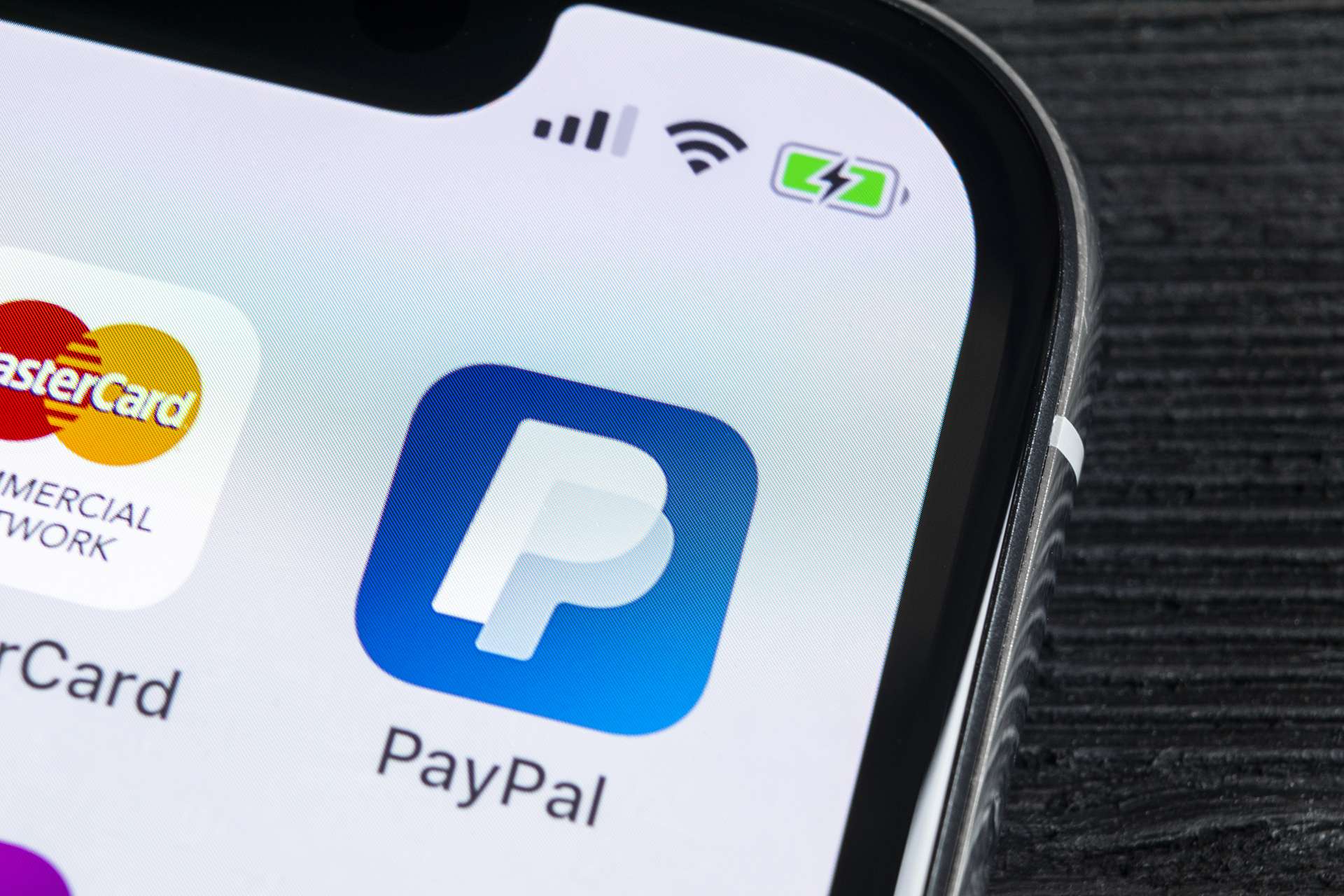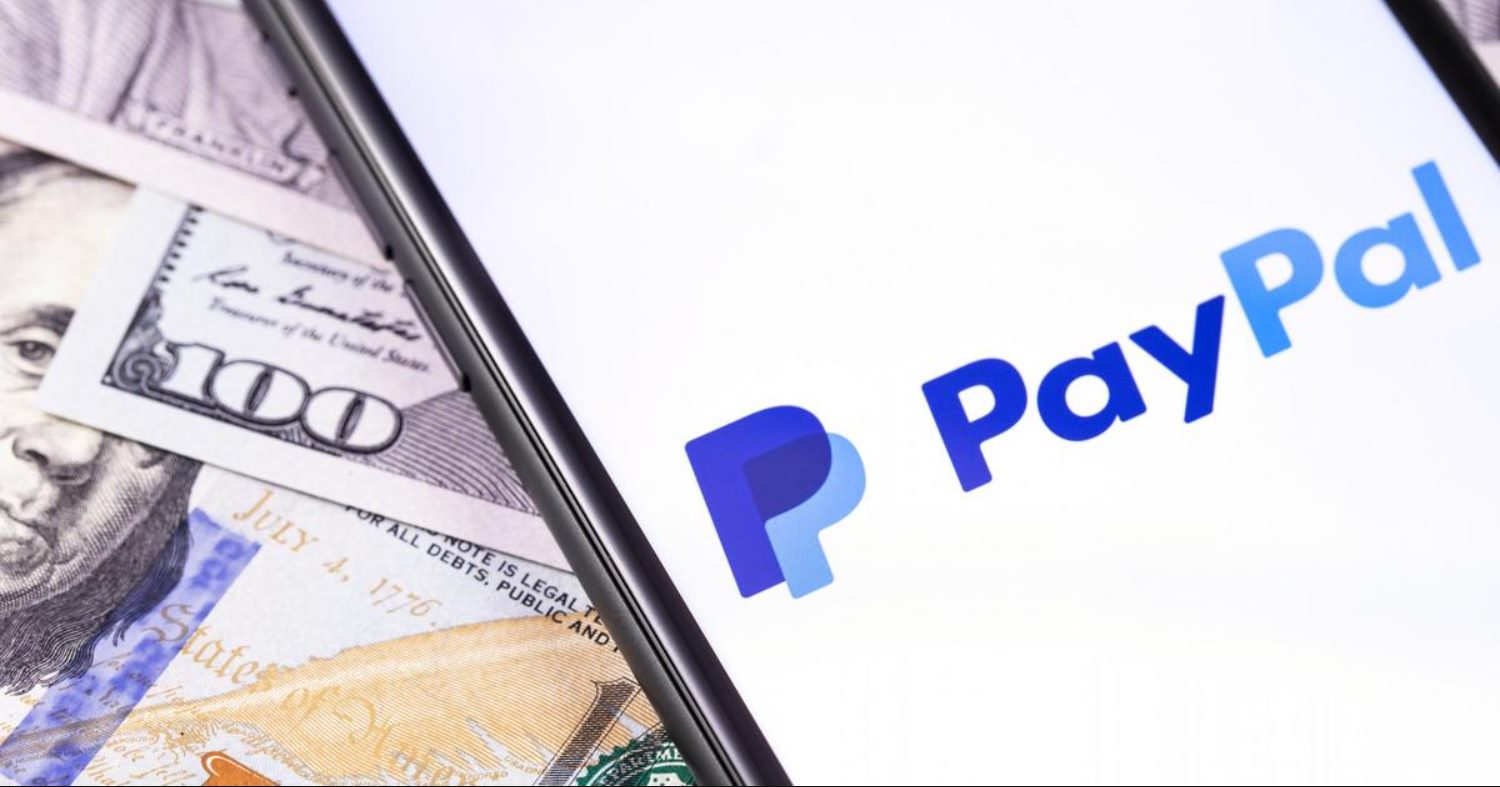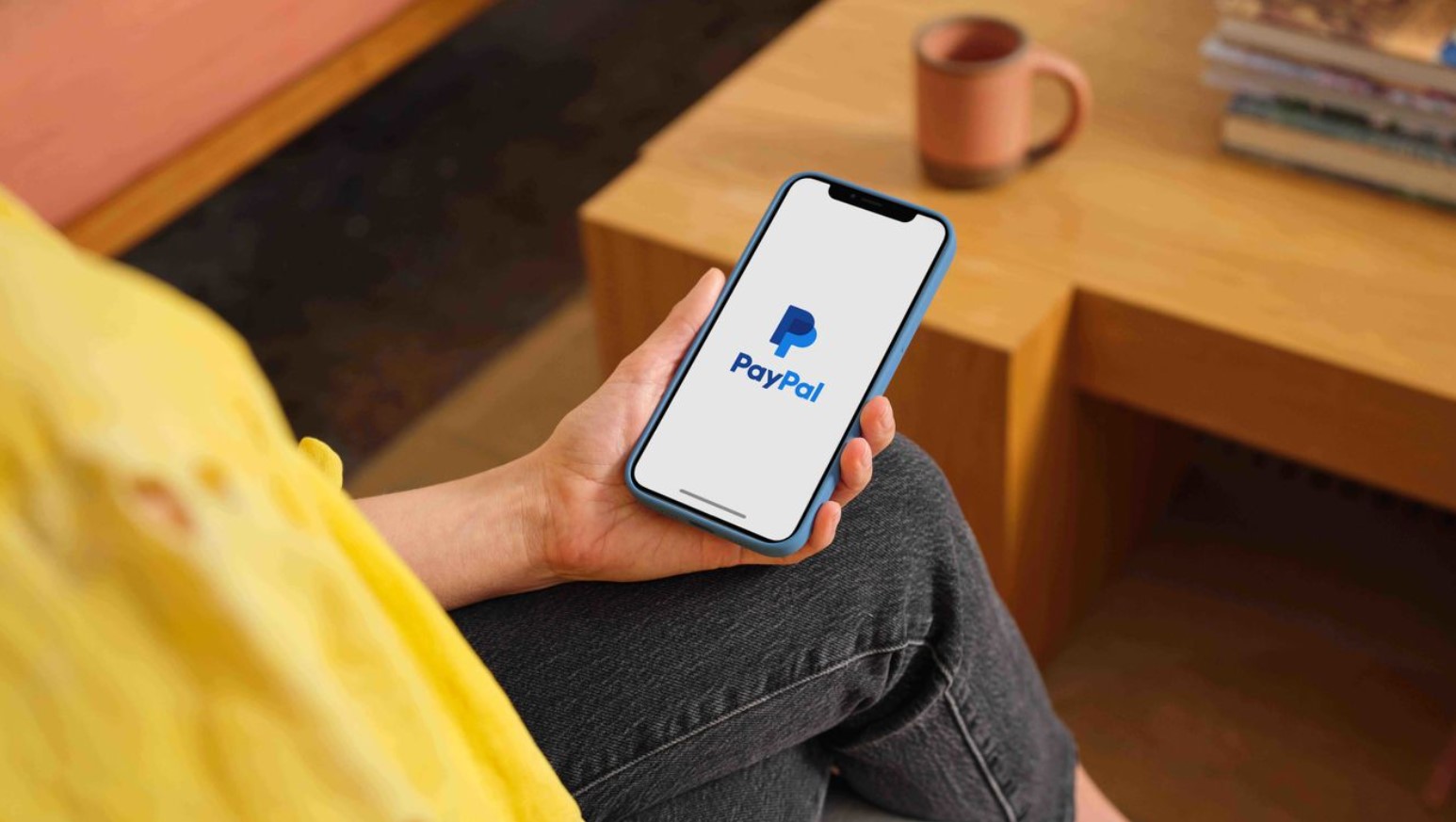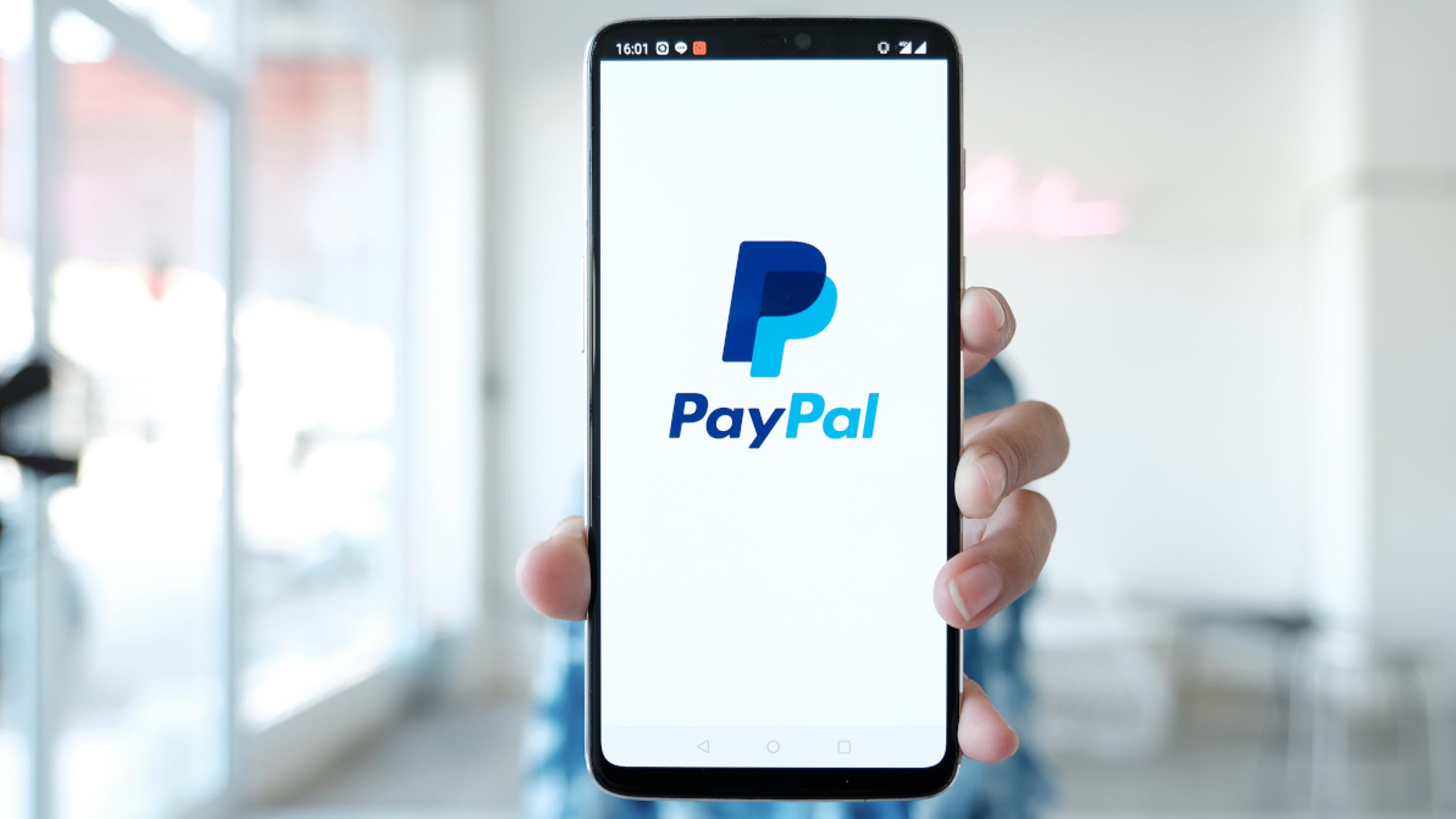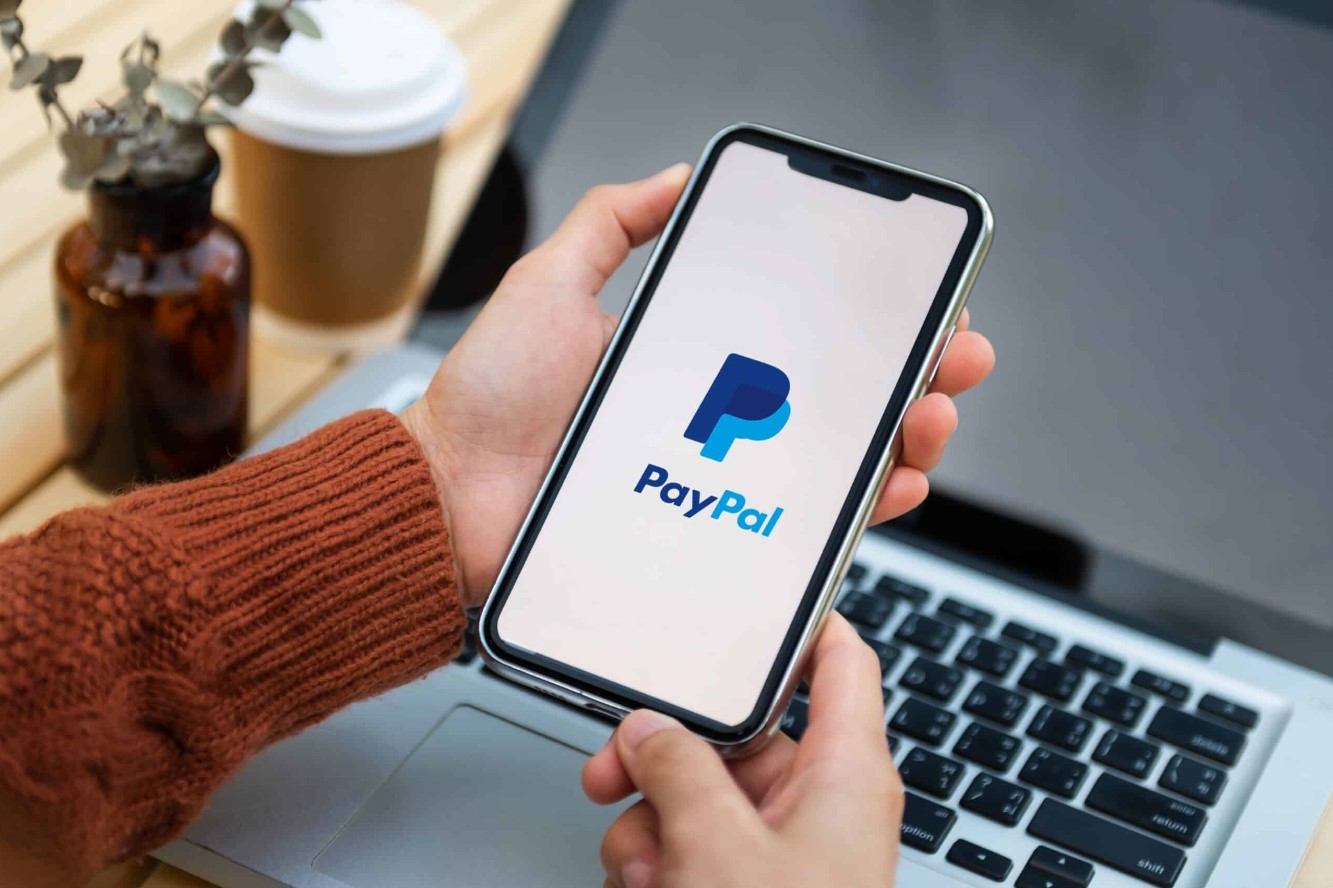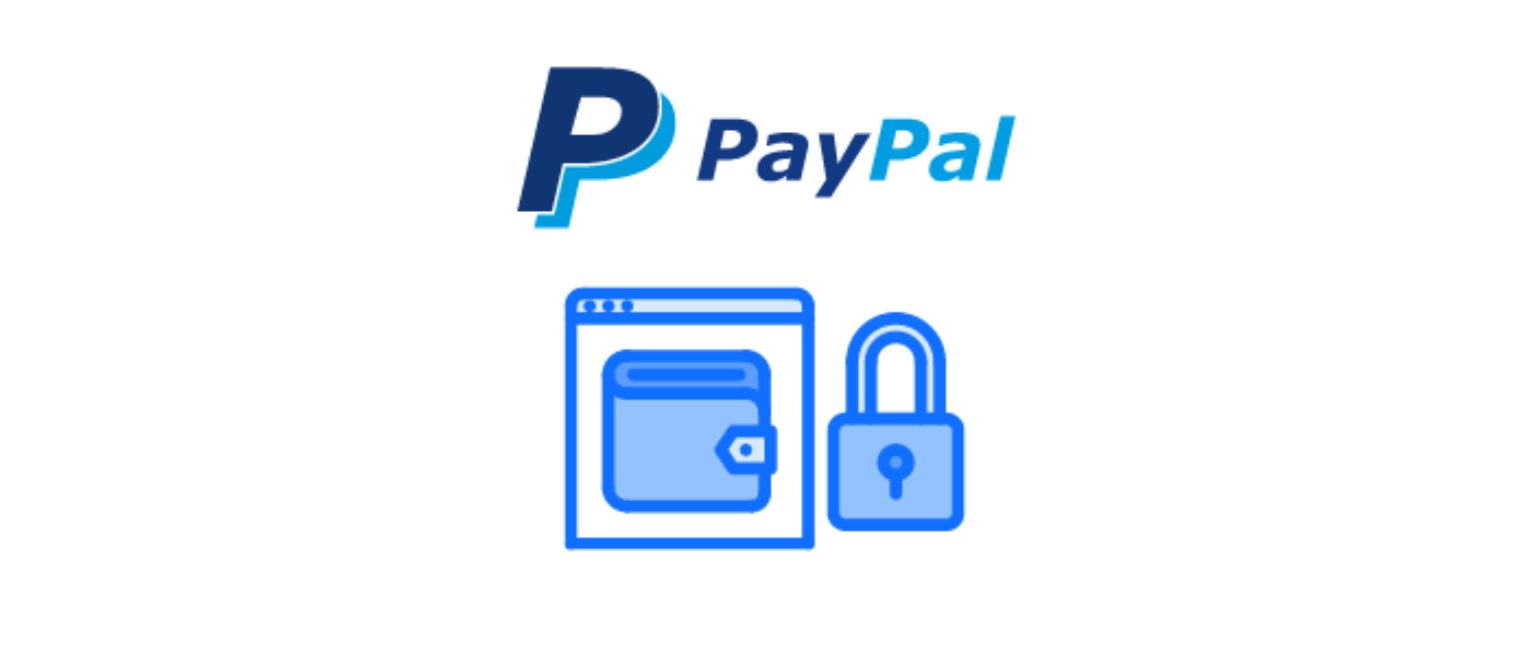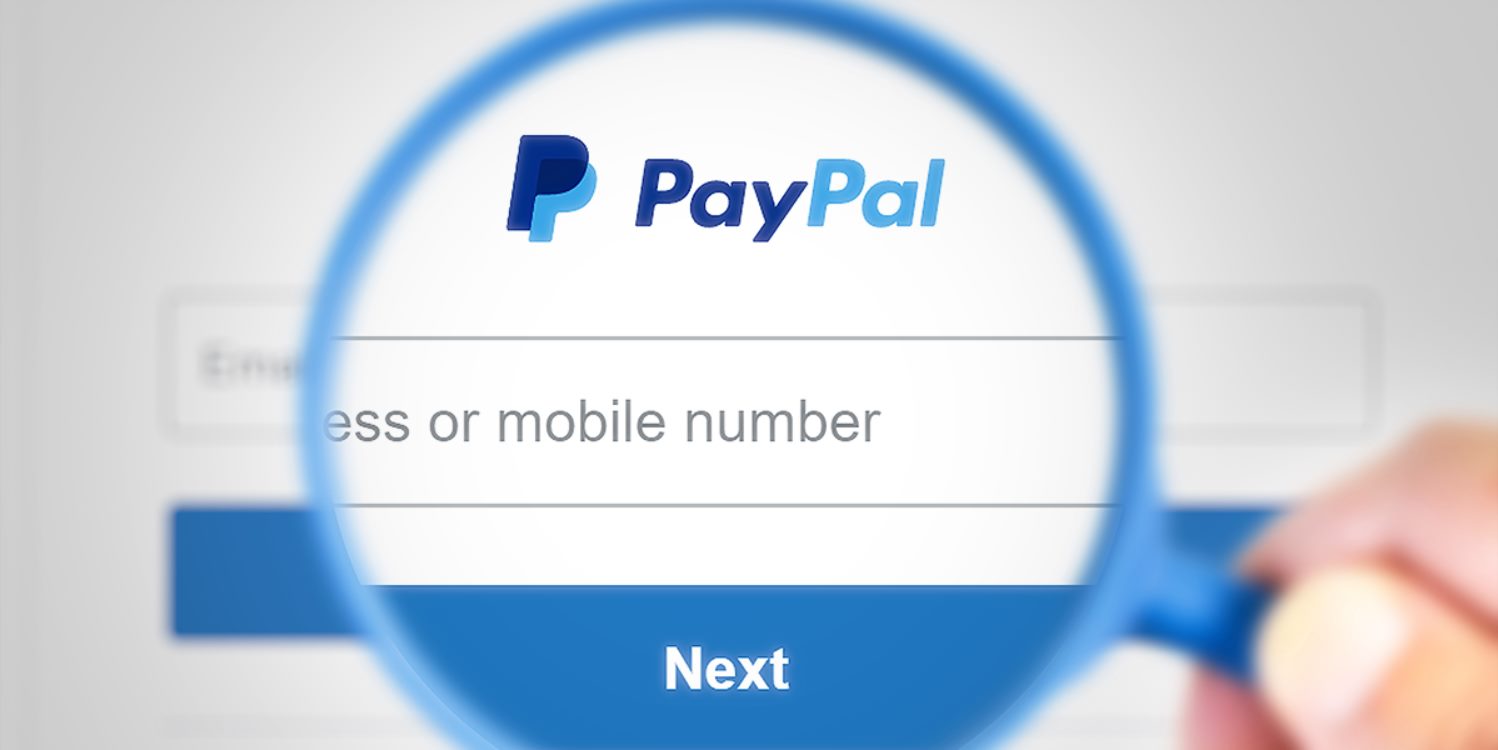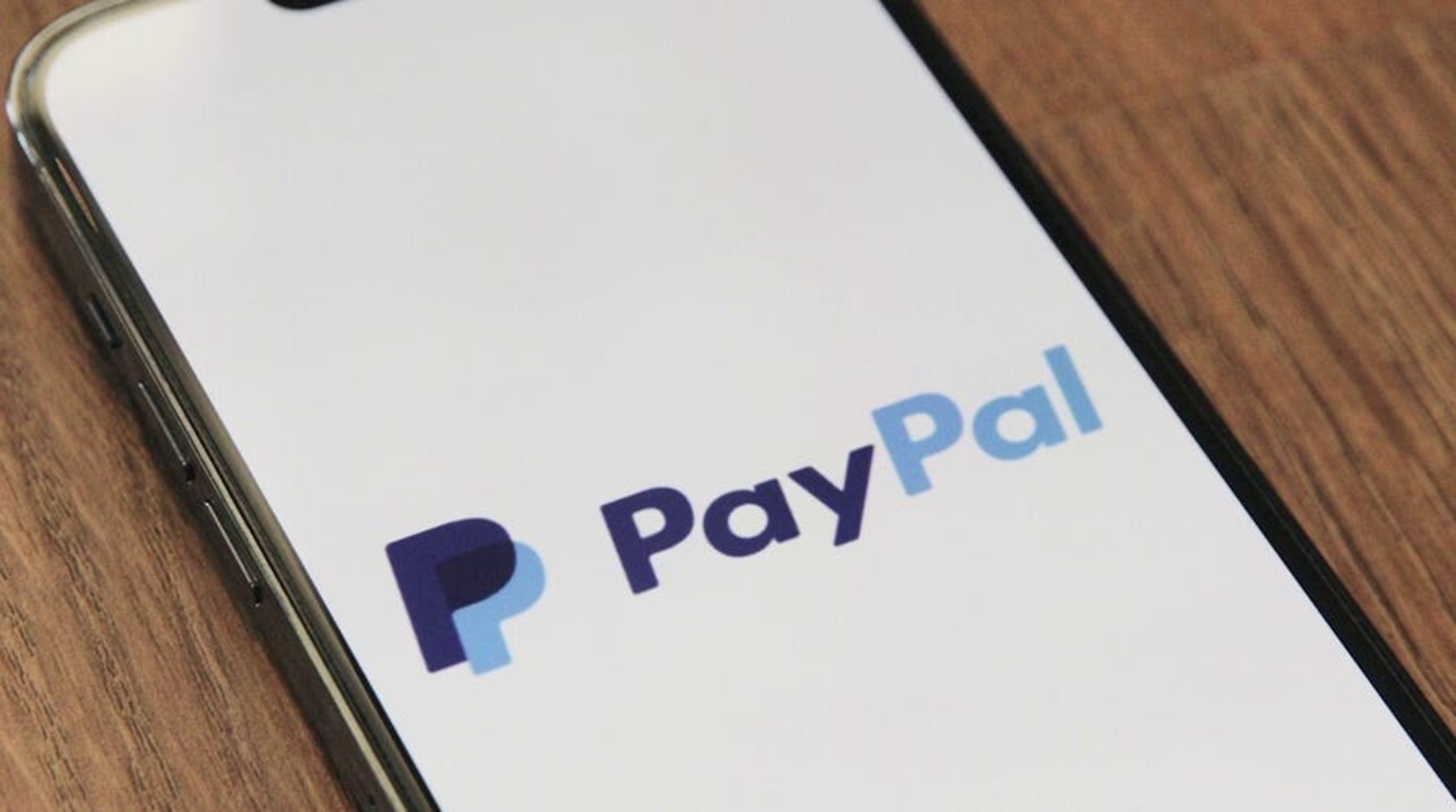Introduction
Welcome to the world of online transactions, where convenience and ease of use have become the norm. In this digital age, platforms like PayPal have revolutionized the way we make payments and conduct financial transactions. However, despite the smooth sailing most of the time, there are instances when disputes may arise.
Whether it’s a discrepancy in the purchase, a faulty item, or a case of unauthorized transaction, PayPal provides a platform for buyers and sellers to resolve issues through its dispute resolution process. Understanding how PayPal disputes work and the time it takes for their resolution is crucial for both buyers and sellers.
In this article, we will delve into the world of PayPal disputes and shed light on important factors that can affect the resolution process. We will also discuss the typical timeline for PayPal disputes and explore options for expediting their resolution. Additionally, we will provide some valuable tips on how to effectively manage a PayPal dispute should you find yourself in such a situation.
So, let’s dive in and unravel the intricacies of the PayPal dispute process, empowering you to navigate through any potential disagreements with confidence and knowledge.
Understanding PayPal Disputes
Before we dive into the resolution process, it’s important to have a clear understanding of what a PayPal dispute entails. A dispute on PayPal refers to a disagreement between a buyer and a seller regarding a transaction made through the platform.
As a buyer, you may file a dispute if you haven’t received the item you purchased, if the item received is significantly different from the description, or if you suspect fraudulent activity on your account. On the other hand, as a seller, you may face disputes when customers claim they did not receive the item or if they are dissatisfied with the product’s quality.
When a dispute is initiated, PayPal acts as an intermediary, facilitating communication between the buyer and seller to help resolve the issue. It’s important to note that PayPal encourages both parties to try and resolve the dispute amicably before escalating it.
PayPal offers two main channels for dispute resolution: the PayPal Resolution Center and the PayPal Buyer Protection program. The Resolution Center serves as a platform for buyers and sellers to communicate and attempt to reach a mutually agreeable solution. On the other hand, the Buyer Protection program comes into play when a buyer is eligible for protection under PayPal’s terms and conditions.
When a dispute is filed, it is important for both parties to provide clear and relevant information to help support their case. This may include order details, tracking numbers, photographs, or any other evidence related to the transaction. The more information provided, the easier it becomes for PayPal to assess and adjudicate the dispute.
Now that we have a clearer understanding of what PayPal disputes entail, let’s take a closer look at the factors that can influence the resolution process.
Factors Affecting PayPal Dispute Resolution
When it comes to PayPal dispute resolution, there are several factors that can impact the speed and outcome of the process. These factors include:
- Communication: Effective communication between the buyer and seller can play a significant role in resolving disputes. Timely and clear communication can help clarify any misunderstandings and work towards a mutually agreeable solution.
- Evidence: Providing strong and relevant evidence to support your case is crucial for a favorable resolution. This may include order details, screenshots, correspondence, or any other documentation that can help substantiate your position.
- Timeliness: Acting promptly is crucial when it comes to filing a dispute. The sooner you file a dispute after encountering an issue, the faster PayPal can step in and facilitate a resolution.
- Product/service quality: The quality of the product or service purchased can impact the outcome of a dispute. If the item received is significantly different from what was described or if the service was not as expected, it strengthens the case for a refund or resolution in the buyer’s favor.
- Buyer protection: PayPal’s policies and buyer protection program can also factor into dispute resolution. Understanding the terms and conditions of the buyer protection program can help determine the level of protection you have as a buyer and the potential outcome of a dispute.
- Seller reputation: The reputation of the seller can influence PayPal’s decision in dispute resolution. If a seller has a history of unresolved disputes or poor customer feedback, PayPal may take this into consideration when adjudicating a dispute.
It’s important to keep these factors in mind when navigating through a PayPal dispute. By focusing on effective communication, providing strong evidence, and understanding the policies and protections in place, you can increase the chances of a favorable resolution.
However, it’s essential to keep in mind that while these factors can influence the process, the final decision ultimately lies with PayPal, and their decision is binding.
Processing Time for PayPal Disputes
When it comes to PayPal disputes, one common concern is the time it takes to reach a resolution. While the exact processing time can vary depending on various factors, including the complexity of the case and the responsiveness of the parties involved, PayPal strives to resolve disputes as quickly as possible.
In general, PayPal aims to resolve disputes within 30 days from the date the dispute was filed. However, it’s important to note that this timeline is not set in stone and can vary depending on the specific circumstances of each case.
Once a dispute is initiated, PayPal typically provides a timeframe for the seller to respond to the dispute. This response time can vary, but it’s usually within 10 days. Failure to respond within the allotted time may result in a decision in favor of the buyer.
After both parties have presented their cases, PayPal evaluates the information provided and makes a decision based on its policies and guidelines. The decision can be favorable to the buyer, the seller, or a compromise between the two parties. PayPal notifies both parties of the decision and takes the necessary steps to resolve the dispute accordingly.
It’s important to note that while PayPal strives to resolve disputes within a reasonable time frame, certain situations may prolong the process. For instance, the involvement of third-party providers, international transactions, or complex cases may require additional time to investigate and reach a fair resolution.
Understanding the general processing time for PayPal disputes allows you to set realistic expectations. In some cases, disputes may be resolved more quickly, while in others, particularly complex cases, it may take longer. Patience is key during the resolution process, but it’s also crucial to stay proactive and regularly check the resolution center for any updates or requests for additional information.
Now, let’s take a closer look at the typical timeline for PayPal disputes to help you better understand what to expect.
Typical Timeline for PayPal Disputes
When it comes to the resolution of PayPal disputes, understanding the typical timeline can help manage expectations and provide clarity on the process. While every dispute is unique, there is a general timeline that most disputes follow.
1. Dispute Initiation: The dispute begins when a buyer files a complaint through the PayPal Resolution Center. This should be done as soon as possible after encountering an issue with a transaction. Sellers will then receive notification of the dispute.
2. Seller Response: After receiving the dispute notification, the seller has a designated timeframe, usually within 10 days, to respond to the dispute. Sellers should take this opportunity to provide relevant information and evidence to support their position regarding the transaction.
3. Communication and Additional Information: Throughout the dispute process, both the buyer and the seller are encouraged to communicate and provide any additional information requested by PayPal. This may include order details, tracking numbers, photographs, or any other evidence to help clarify the situation.
4. Evaluation and Decision: Once all the necessary information has been gathered, PayPal evaluates the dispute and makes a decision based on its policies and guidelines. The decision is communicated to both parties involved.
5. Resolution: Upon reaching a decision, PayPal takes the necessary steps to resolve the dispute. Possible outcomes include a refund to the buyer, a partial refund, a return of goods, or a compromise agreed upon by both parties.
It’s important to note that the timeline for resolution can vary depending on the complexity of the case, the responsiveness of the parties involved, and any additional information or steps that may be required. In some cases, disputes may be resolved within a few weeks, while more complex cases may take longer.
PayPal’s goal is to resolve disputes as quickly as possible while ensuring a fair and impartial process. Regularly checking the Resolution Center for updates and responding promptly to any requests for information can help expedite the dispute resolution process.
Now that we have an idea of the typical timeline for PayPal disputes, let’s explore options for expediting dispute resolution if time is of the essence.
Expedited Resolution Options
While PayPal strives to resolve disputes in a timely manner, there are situations where expediting the resolution becomes necessary. If you find yourself in such a situation, there are a few options available to potentially speed up the dispute resolution process:
1. Contacting PayPal Support: If you believe your dispute requires urgent attention, reaching out to PayPal’s customer support can be beneficial. They have dedicated teams trained to handle escalated cases and may be able to provide assistance or expedite the resolution process.
2. Providing Clear and Compelling Evidence: To support your case, ensure that you provide clear and compelling evidence during the dispute process. This may include order details, screenshots, correspondence, or any other relevant documentation that can help strengthen your position. The more thorough and persuasive your evidence, the higher the chances of a swift resolution in your favor.
3. Contacting the Seller: In some cases, reaching out directly to the seller can help expedite the resolution process. By communicating with the seller and explaining your concerns, you may be able to come to a mutual understanding and resolve the dispute more quickly.
4. Offering a Reasonable Compromise: If you are open to finding a middle ground, proposing a reasonable compromise to the seller can sometimes speed up the resolution process. By showing willingness to work towards a solution, you can demonstrate cooperation and potentially expedite the case.
5. Consider Alternative Dispute Resolution (ADR): In certain jurisdictions, alternative dispute resolution methods, such as mediation or arbitration, may be available to resolve PayPal disputes. These methods involve a neutral third party who assists in facilitating a resolution between the buyer and the seller. ADR can offer a more streamlined and expedited process compared to traditional legal avenues.
It’s important to remember that while these options may help in expediting dispute resolution, the final decision depends on PayPal’s policies and guidelines. Always follow PayPal’s instructions and guidelines during the dispute process to maximize your chances of a swift resolution.
Now that we have explored the options for expediting dispute resolution, let’s move on to some essential tips for effectively managing a PayPal dispute.
Tips for Effectively Managing a PayPal Dispute
Dealing with a PayPal dispute can be a challenging and stressful experience. However, by following these tips, you can effectively manage the process and increase your chances of a favorable resolution:
1. Act promptly: File a dispute as soon as you encounter an issue with a transaction. Prompt action allows PayPal to step in early and help resolve the dispute in a timely manner.
2. Communicate clearly: Ensure your communication with the other party, whether it’s the buyer or seller, is clear, concise, and respectful. Clearly explain your concerns and provide any necessary supporting documentation.
3. Gather evidence: Collect all relevant evidence related to the transaction, such as order details, correspondence, screenshots, or tracking numbers. Strong evidence can significantly strengthen your case during the dispute resolution process.
4. Regularly check the Resolution Center: Stay proactive throughout the dispute process by regularly checking the PayPal Resolution Center. This is where you can find updates, requests for additional information, and important notifications regarding your dispute.
5. Respond promptly: If PayPal requests additional information or clarification during the dispute process, respond promptly. Delayed responses can prolong the resolution timeline and hinder the progress of your case.
6. Be cooperative: Show a willingness to cooperate and engage in resolving the dispute. This includes being open to communication with the other party and considering reasonable compromises to reach a resolution.
7. Stay vigilant: Keep an eye out for any suspicious activities on your PayPal account and report them immediately. Timely detection and reporting of fraudulent transactions can help protect your funds.
8. Stay calm and professional: While disputes can be frustrating, it’s important to remain calm and professional throughout the process. Emotional reactions or aggressive behavior can hinder the resolution process and strain your relationship with the other party.
9. Know your rights: Familiarize yourself with PayPal’s policies, terms, and buyer/seller protection program. Understanding your rights and the available options can help you navigate the dispute process more effectively.
10. Consider seeking legal advice: If the dispute is complex or involves a significant amount of money, you may want to consider consulting with a legal professional who specializes in online transactions. They can provide guidance and advice tailored to your specific situation.
By following these tips and actively managing your PayPal dispute, you can increase the likelihood of a successful resolution that aligns with your expectations and protects your interests.
Now that we’ve explored these essential tips, let’s conclude our discussion on PayPal disputes.
Conclusion
Managing a PayPal dispute can be a daunting task, but understanding the process and taking proactive steps can help you navigate through it with confidence. By familiarizing yourself with the factors that can affect the resolution, knowing the typical timeline, and exploring expedited resolution options, you can better prepare yourself for any potential disputes that may arise.
Remember to act promptly, communicate clearly, and provide compelling evidence to support your case. Regularly checking the Resolution Center for updates and promptly responding to any requests for information will help move the resolution process forward. Being cooperative and considering reasonable compromises can also help expedite the process and foster a resolution that satisfies both parties.
It’s crucial to stay calm and professional throughout the process, ensuring clear and respectful communication with the other party. Familiarize yourself with PayPal’s policies and buyer/seller protection program, knowing your rights and available options. If needed, seeking legal advice can provide valuable guidance in complex or high-stake disputes.
While the resolution of PayPal disputes may take time and patience, PayPal strives to resolve issues as quickly as possible. By following the tips and recommendations outlined in this article, you can effectively manage a PayPal dispute and increase your chances of a favorable resolution.
Remember, PayPal is designed to provide a safe and secure platform for online transactions, and the dispute resolution process aims to ensure fairness and protect both buyers and sellers. By being proactive and staying informed, you can navigate through any potential disputes with confidence, ultimately maintaining trust and peace of mind in your online transactions.







